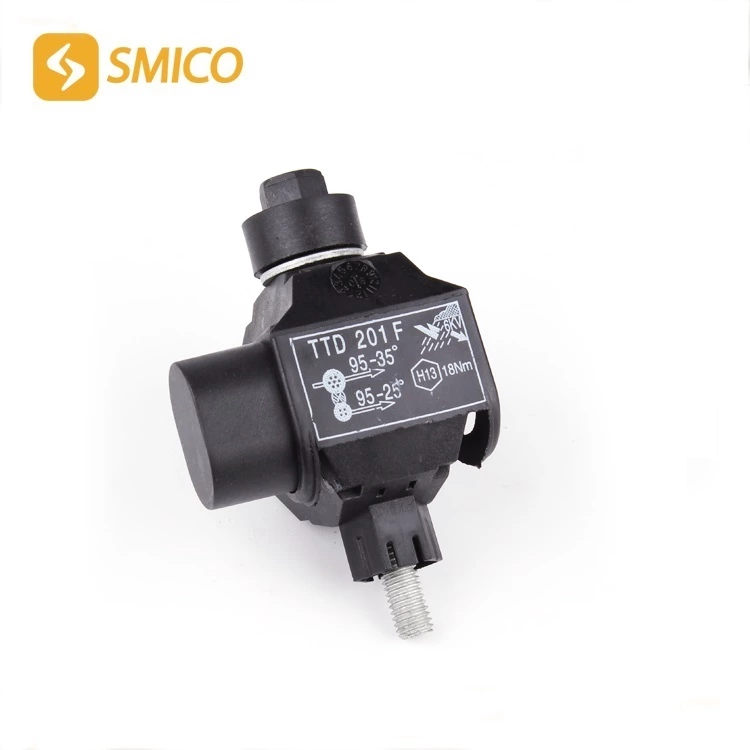Explanation Of The Communications Industry's Technical Requirements For Electronic Connectors!
With the rapid development of information technology, the communications industry, as the cornerstone of information transmission in modern society, has an increasing demand for the technology of insulation piercing connector. piercing connector is an indispensable key component in communication equipment, and its performance, reliability and stability are directly related to the overall performance of the communication system. In this article, Xinpengbo Electronics will explore the technical requirements of the communications industry for ipc connector from multiple aspects.
1. High-speed transmission and low loss:
Under the background of the rapid development of new generation communication technologies such as 5G and 6G, the communications industry has put forward higher requirements for the transmission speed of ipc electrical connectors. cable piercing connector needs to be able to support higher data transmission rates to meet the needs of large-capacity and high-speed data transmission. At the same time, in order to reduce the loss during signal transmission, cable ipc connector needs to have characteristics such as low insertion loss and low return loss to ensure the integrity and accuracy of the signal.
2. Miniaturization and integration:
With the continuous miniaturization and integration of communication equipment, electrical piercing connector also needs to develop in the direction of smaller, lighter and thinner. insulation connector can not only save space and improve the portability of the equipment, but also reduce manufacturing costs. In addition, insulation piercing integrates multiple functions into one module, simplifies circuit design, and improves system reliability.
3. High-frequency performance and anti-interference ability:
In the field of high-frequency communication, such as millimeter-wave communication, satellite communication, etc., electronic connectors need to have excellent high-frequency performance. This includes high-frequency bandwidth, low phase noise, high isolation and other characteristics to ensure the stable transmission of signals in the high-frequency band. At the same time, the connector also needs to have strong anti-interference ability to resist various interference signals from the outside world and ensure the normal operation of the communication system.
4. Environmental adaptability and durability:
Communication equipment often needs to work in various harsh environments, such as high temperature, high humidity, strong radiation, etc. Therefore, electronic connectors need to have excellent environmental adaptability and durability. The connector needs to be able to resist the influence of harsh environments such as high temperature and high humidity on material properties and maintain stable electrical performance. At the same time, the connector also needs to have mechanical properties such as vibration resistance and impact resistance to ensure that it will not be damaged during transportation and use.
5. Intelligence and maintainability:
With the increasing complexity of communication systems, higher requirements are placed on the intelligence and maintainability of connectors. Intelligent connectors can monitor their own operating status in real time, such as temperature, humidity, voltage and other parameters, and give timely alarms when abnormalities occur. Maintainable connectors are designed with structures that are easy to disassemble and replace, reducing maintenance costs and time.
6. Environmental protection and sustainability:
In today's society, environmental protection and sustainability have become important considerations for the development of all walks of life. The communications industry is no exception, and higher requirements are placed on the environmental performance of electronic connectors. Connectors need to be made of environmentally friendly materials to reduce the use and emission of harmful substances. At the same time, connectors also need to be designed with recyclable or degradable structures to reduce the impact on the environment.
Summary: In summary, the technical requirements of the communications industry for electronic connectors are multifaceted and comprehensive. In order to meet these requirements, electronic connector manufacturers need to continuously innovate and upgrade technology to improve product performance, reliability and environmental protection. In the future, with the continuous advancement of communication technology and the continuous expansion of application fields, electronic connectors will usher in broader development prospects and challenges.

